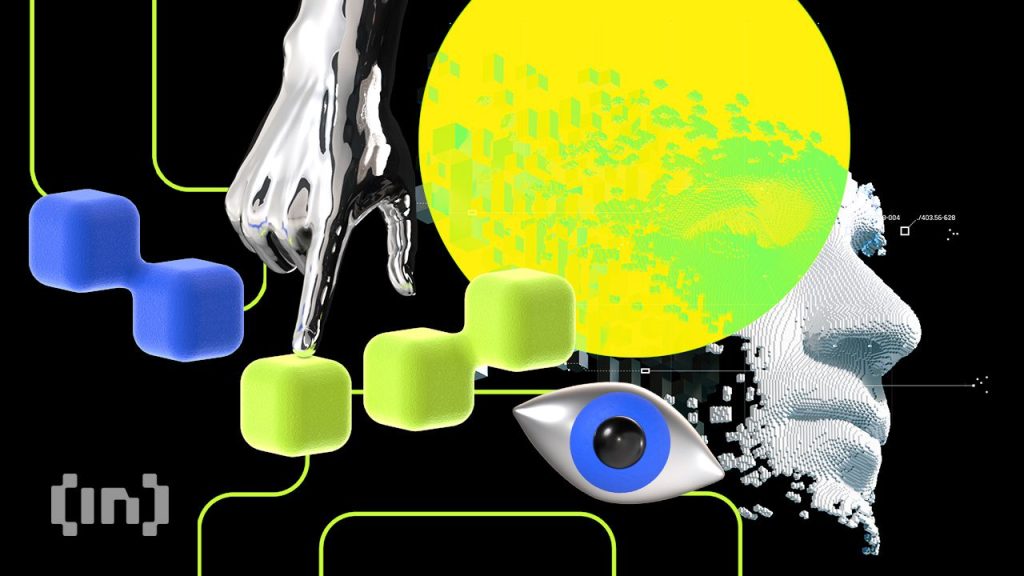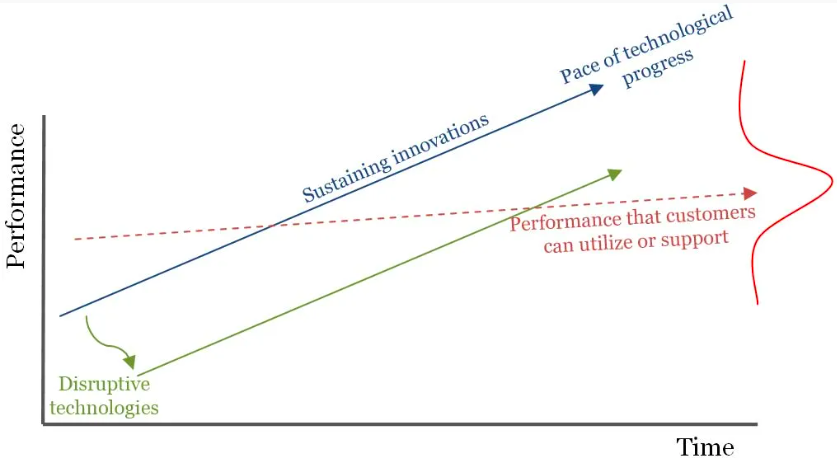AI’s Journey and Implications for Our Future

What exactly is the Singularity, and what implications does it hold for our collective future? This enigmatic concept refers to a potential moment when artificial intelligence (AI) attains levels of intelligence and autonomy that surpass human capabilities. It marks the point at which machines become self-improving entities, triggering a cascade of advances that defy our current understanding.
In this article, readers will gain a comprehensive understanding of the Singularity and its potential impact on our world. They will explore AI’s journey towards human-like capabilities and discover the fascinating Time to Edit (TTE) metric that measures AI’s progress.
Additionally, readers will gain insights into the confluence of technologies driving us closer to the Singularity, including gene therapy, robotics, and nanotechnology. Could we be approaching this event horizon? The signs are increasingly evident.
On the Verge of Transformation
As we approach the mid-21st century, a pivotal juncture looms before us: the Singularity. This concept, envisioned by inventor Ray Kurzweil, foretells a time when AI transcends human control, forever transforming the very fabric of our society. In this captivating exploration, we will delve deeper into AI’s remarkable journey towards human-like capabilities, examine the profound implications of the Singularity, and assess the proximity of this transformative event.
Unveiling the Singularity: A Technological Event Horizon
The Singularity, a term shrouded in mystery and anticipation, represents a momentous leap in human progress. It signifies a point where AI surpasses the limits of human cognition and ventures into uncharted territories of self-improvement.
At this juncture, machines become autonomous entities, setting off a chain reaction of advances that challenge our current comprehension. The question arises: are we on the precipice of this mind-bending event?
Measuring Progress: The Time to Edit (TTE) Metric
Intriguingly, a translation company has devised a metric called Time to Edit (TTE) to quantify AI’s trajectory towards the Singularity, particularly in the domain of language translation. This innovative measure examines the level of proximity between machine-generated translations and their human-authored counterparts. The findings of the TTE metric show a remarkable acceleration in AI’s ability to emulate human skills, suggesting that the Singularity might be within closer reach than previously speculated.
While AI plays a pivotal role in the path to the Singularity, it is not alone in driving progress. Breakthroughs in gene therapy, robotics, and nanotechnology act as catalysts, accelerating our trajectory towards this transformative moment. Gene therapy, with its potential to enhance human cognitive capacities, holds profound implications for bridging the gap between humans and machines.
Robotics and nanotechnology provide AI with physical embodiment and unprecedented functionality. This convergence of emerging technologies propels us ever closer to the Singularity, raising fundamental questions about societal norms and the very essence of our existence.
Challenges Ahead: Are We Prepared?
The advent of the Singularity brings forth unprecedented challenges that demand our utmost preparedness. Are we equipped to navigate a future where AI exceeds human control and reshapes society at an accelerated pace?
The readiness of individuals, societies, and governments to confront this paradigm shift becomes a pressing concern. Ethical dilemmas, socio-economic disruptions, and political debates surrounding the Singularity require urgent attention and thoughtful consideration to ensure a harmonious transition.
Embracing the Future: Navigating Uncertainty
As we embark on this uncharted voyage into the realm of advanced AI, a proactive mindset becomes essential. Rather than succumbing to fear or trepidation, we must actively engage in shaping the future we envision. Collaboration among scientists, policymakers, and the public is crucial for ethically developing and responsibly implementing AI technologies. With a future-oriented perspective, we can harness the Singularity’s potential while mitigating its risks.
The Inevitable Course
The Singularity stands as an enigmatic frontier, beckoning us with both possibilities and lingering uncertainties. It represents humanity’s tireless pursuit of progress and signals an era of unparalleled transformation. As AI continues its relentless evolution, bridging the gap between human and machine, we find ourselves at the threshold of an epoch-defining metamorphosis.
The journey towards the Singularity is well underway, and it falls to us to navigate the complexities, sculpting a future that harnesses the power of AI while safeguarding our core values and collective well-being.
The implications of the Singularity extend far beyond the realm of technology. Industries across the spectrum, from healthcare to transportation, stand to be revolutionized. In a world of AI-driven medical breakthroughs and transformative transportation systems, the Singularity promises advances that enhance our lives beyond our current comprehension.
However, alongside these prospects come profound ethical considerations. As AI approaches or surpasses human intelligence, questions of morality and responsibility come to the forefront.
Will machines possess consciousness? How will they make decisions that align with human values? Safeguarding against unintended consequences and ensuring transparency in AI systems becomes paramount to prevent abuses of power.

Jobs and the Singularity
Socio-economic implications also loom large on the horizon. The rapid integration of AI and automation into the workforce has the potential to disrupt traditional employment patterns. As jobs become automated, the displacement of workers may lead to significant societal challenges. It becomes crucial to foster a proactive approach. Emphasizing reskilling and education to adapt to the evolving job market and ensure a smooth transition.
Governments around the world are grappling with the implications of the Singularity. Policy frameworks are necessary to address the ethical, legal, and social dimensions of AI. International collaborations and standards are crucial to ensure that AI development aligns with shared values and prevents the emergence of a technological divide. Striking a balance between innovation and regulation will be key to harnessing the full potential of the Singularity.
In conclusion, the Singularity represents a paradigm shift of immense proportions. As AI advances towards human-like capabilities, we find ourselves standing on the precipice of a transformation that will redefine the very essence of our existence.
The journey towards the Singularity encompasses not only advancements in AI but also breakthroughs in gene therapy, robotics, and nanotechnology. It demands our preparedness, our ethical consideration, and our collective responsibility.
Amid uncertainties, adopting a future-oriented mindset, collaborating with stakeholders, and establishing strong policy frameworks enable navigation of this uncharted territory. The Singularity presents opportunities for progress and human flourishing, necessitating the preservation of our core values.
Let us embrace AI’s potential while safeguarding our humanity as we navigate this evolving landscape.
Disclaimer
Following the Trust Project guidelines, this feature article presents opinions and perspectives from industry experts or individuals. BeInCrypto is dedicated to transparent reporting, but the views expressed in this article do not necessarily reflect those of BeInCrypto or its staff. Readers should verify information independently and consult with a professional before making decisions based on this content.














